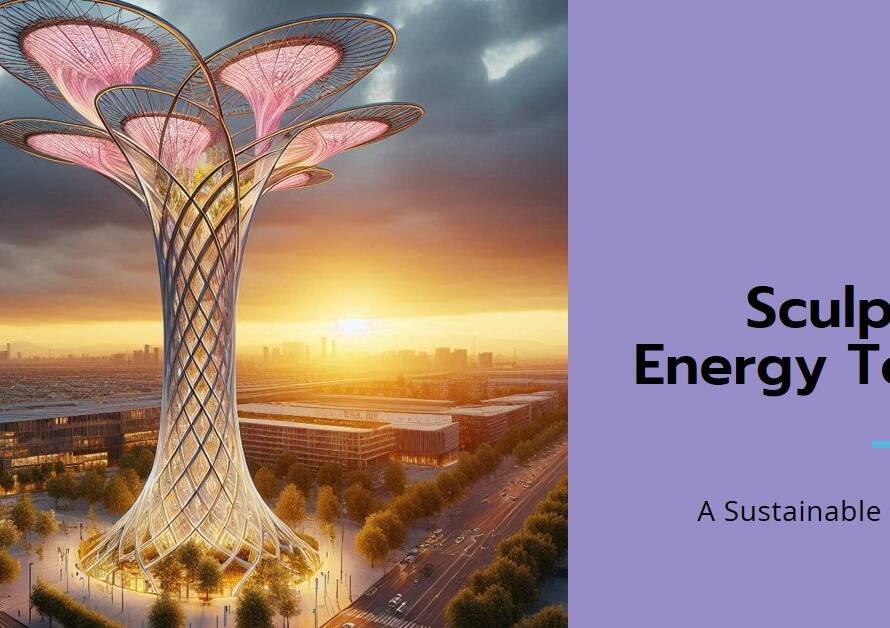
Table of Contents
Introduction
In the realm of design, where artistry meets practicality, industrial design emerges as a beacon of innovation. This discipline seamlessly blends form and function, giving rise to products that not only captivate the eye but also enhance everyday experiences. From the sleek curves of an automobile to the ergonomic contours of a chair, industrial design is the driving force behind countless objects that shape our lives. In this blog post, we delve into the intricate world of industrial design, exploring how designers harmonize aesthetic appeal with usability to create products that resonate with users on a profound level.
The Essence of Industrial Design
At its core, industrial design is about more than just creating visually appealing objects. It is a meticulous process that considers the needs and desires of users, the constraints of manufacturing, and the ever-evolving trends in society. Designers must strike a delicate balance between form and function, ensuring that their creations not only look good but also perform optimally in their intended context.
The Marriage of Form and Function
One of the hallmarks of exceptional industrial design is the seamless integration of form and function. Each element of a product, from its shape to its materials, is carefully chosen to serve a specific purpose while also contributing to its overall aesthetic appeal. Take, for example, the iPhone, whose minimalist design not only exudes elegance but also enhances usability by prioritizing simplicity and intuitiveness.
Designing for the Senses
Great industrial design goes beyond mere visual appeal; it engages all the senses to create a truly immersive experience for the user. From the satisfying click of a well-designed button to the smooth texture of a finely crafted surface, every aspect of a product is meticulously crafted to delight the senses and evoke an emotional response.


Innovation through Iteration
The journey from concept to final product is rarely straightforward in industrial design. It often involves countless iterations, with designers continually refining their ideas based on user feedback, technological advancements, and market trends. This iterative process is essential for pushing the boundaries of what is possible and ensuring that the final product meets the highest standards of quality and usability.
The Influence of Technology
Technology plays a pivotal role in shaping the landscape of industrial design. Advancements in materials science, manufacturing processes, and digital modeling have opened up new possibilities for designers, allowing them to create products that were once thought to be impossible. From 3D printing to augmented reality, technology continues to push the boundaries of what is achievable in industrial design.
Sustainability in Design
In an age of increasing environmental awareness, sustainability has become a key consideration in industrial design. Designers are exploring new ways to minimize waste, reduce energy consumption, and use eco-friendly materials without compromising on aesthetics or functionality. By embracing sustainable practices, industrial designers are not only reducing their carbon footprint but also paving the way for a more environmentally conscious future.
The Human-Centered Approach
At the heart of industrial design is a deep understanding of human behavior and psychology. Designers must empathize with users, anticipating their needs and preferences to create products that resonate on a personal level. By placing the user at the center of the design process, industrial designers can create solutions that are intuitive, inclusive, and ultimately, more impactful.
The Role of Culture and Context
Culture and context play a significant role in shaping the design of products. What may be considered aesthetically pleasing or functional in one culture may not necessarily resonate with another. Therefore, industrial designers must consider the cultural nuances and societal norms of their target audience to ensure that their products are relevant and meaningful in diverse contexts.
The Future of Industrial Design
As we look to the future, the possibilities in industrial design are truly limitless. From smart appliances that anticipate our needs to sustainable innovations that minimize our impact on the planet, designers are continuously pushing the boundaries of what is possible. By embracing new technologies, embracing sustainability, and placing the user at the center of the design process, industrial designers are poised to shape a future where form and function converge in harmony, creating products that enrich our lives in profound and meaningful ways.


